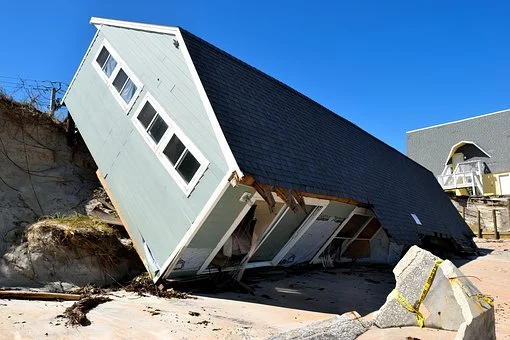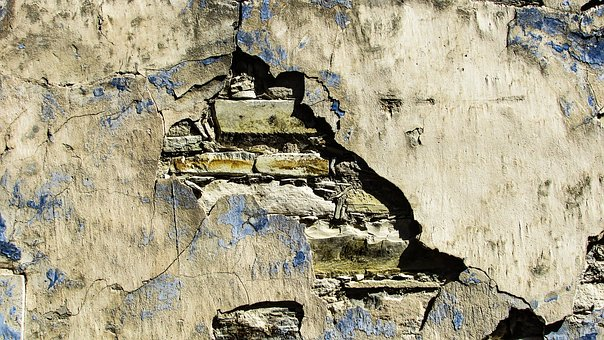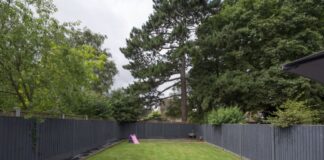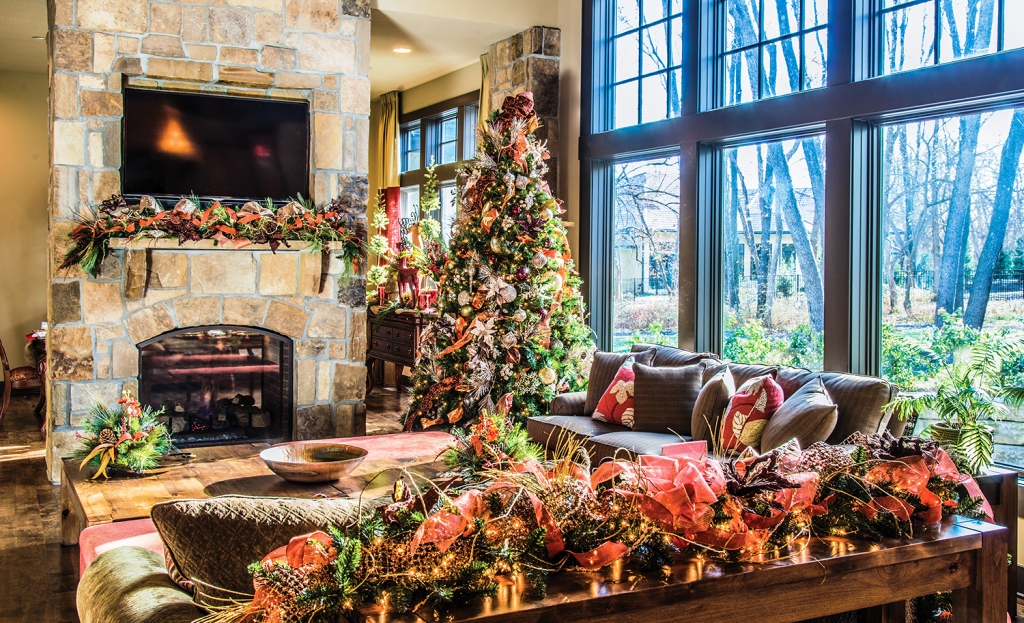It’s important to be aware of the signs of structural damage in your home. Not only can it lead to serious health concerns, but also costly repairs and replacements. Structural damage can happen over time, or from a single event such as an earthquake or fire. If you’ve experienced any recent issues with your home that have caused cracks in the walls, plumbing problems, leaking ceilings, or water seeping in through window seals then you should contact a professional for help right away! Below are signs of structural damage that you should be aware of.
1. Sagging Ceilings
If your ceilings are sagging, this is a sign that something heavy has been placed on the upper floor. Plaster or lathe can crack under pressure and you may need to repair them with trowels. If there isn’t any evidence of plaster damage but only rafters have shifted. It could also be because of changes in ground moisture levels or dry rot as well as some other problems like pests (termites) infestation, and water leaks from damaged plumbing pipes. You have this guide to penetrating damp issues around your home. Dumping can also cause paint to peel, a problem that could cause your walls to crack eventually. Some older homes might have wider joists than modern ones for an attic space so they are more susceptible to sinking if too much weight is applied to one side when someone walks across the room. This problem will likely not fix itself unless repairs are made quickly
2. Cracks In The Walls Or Foundation
When you see cracks in the walls or foundation, this is a sign that there could be some structural damage going on. As mentioned earlier, cracks can show up for various reasons such as excessive moisture levels and water penetration, but it’s never good when they’re present without any other obvious signs of trouble. It’s recommended having an expert come to inspect your house so they can get rid of these pesky problems before they cause more serious issues.
3. Floorboards That Are Sagging Or Pulling Away From The Wall
When floorboards are sagging, it means that the joints underneath are either broken or rotten. This is a common sign of structural damage and one that needs to be taken care of as soon as possible. It’s important to note that if you see this type of issue with your floorboards then there may also be issues in other areas like the boards below them.
4. Doors And Windows That Won’t Close Properly
The doors and windows in your home should close easily without needing to be forced. If they’re sticking or difficult, it might be a sign that the seals have been compromised by moisture and other elements. A few temporary fixes could include using weather stripping, caulking around cracks in the frame for airtightness, replacing any warped panels with new ones, or swapping out seals from old parts to newer replacements. You may also need to get an expert opinion if you can’t find what’s causing the issue!
If this is all done before, there are significant changes in temperature outside (i.e., when it’s warmer) then you have time for repairs that will provide long-term results. However, don’t wait until it’s too late as it could result in water seepage, mold growth, and other things you don’t want.
5. Walls With Bulges
Bulges are often caused by insulation being pushed out of place or by worse damage that you might not want to see. If your home has this type of structural issue and it’s been ignored for too long, the problem will only get bigger over time until it is inevitably fixed. In addition, and most likely, it could be due to water leakage through cracked walls from either plumbing or electrical systems. It can also happen as a result of condensation build-up on cold surfaces like windowsills.
6. Holes On The Outside Of Your Home’s Exterior
The outside of your home is constantly exposed to the elements, meaning that even if you’ve been living in a home for decades without any problems, it’s important to regularly inspect and repair such damages. Signs that you should be aware of include loose shingles or broken window panes. In general, cracks in the exterior walls are also problematic because they can lead to leaks during heavy rains and snowstorms.
7. A Leaking Roof
A leaking roof could mean so many things and it could be a sign that the roof is not structurally right. It’s for this reason that regular roof inspections will come in handy before the problem escalates and damages the other areas of your house. A leaking roof could damage your ceiling boards, walls, and cause the paint on the walls to peel off depending on the extent of the damage. Among the major causes of roof leaks include:
- The age of the roof – If you’ve been living in a aged house, then it’s time you ensured that the structural integrity of the roof is updated to minimise the chances of the roof caving on your head
- Poor installation – Poor roof installation has been a major cause for roof leaks. To avoid this, hire the best contractors who have the experience to go with the name. They should also be insured and using the best roofing products
- Damaged shingles – Damaged shingles could cause your roof to leak. Ensure that they are replaced with high quality ones and by the best installation company
- Rotten truss – If you are using a wooden truss and has been in place for long,k there are higher chances that it could be damaged. There are truss options that you might consider as wood is vulnerable to termite infestation. You could use treated wood or better stillo, use aluminum as a substitute
The sooner you get started fixing the issue(s), the less expensive it will be! With a professional at your side, handling all of this important work for you will be a walk in the park. But you have every reason to find just the right person to handle such repairs.



















